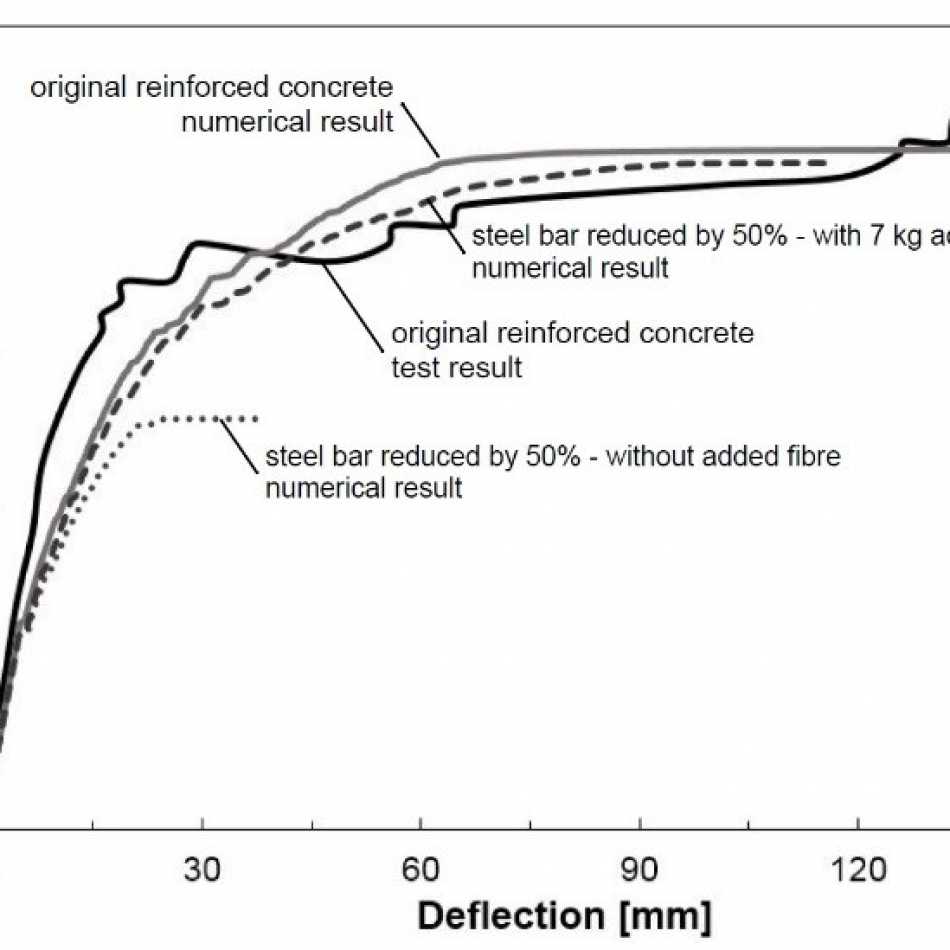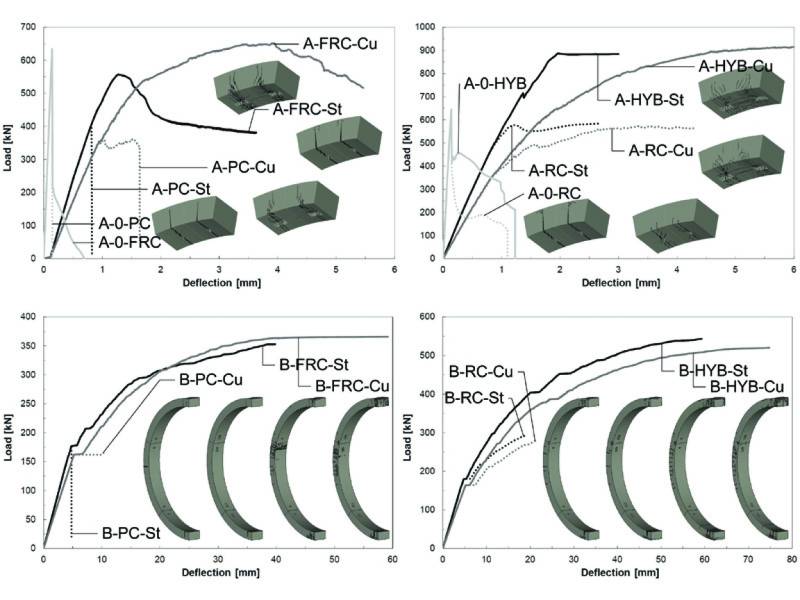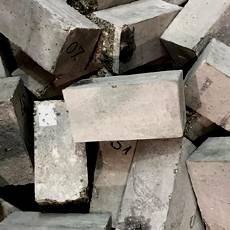
Research
Since our establishment, JKP Static Ltd. has placed great emphasis on contributing to the academic world through research and the publication of our findings. We are committed to advancing the field of synthetic fibre-reinforced concrete by sharing our insights and results with the global engineering community.
We regularly attend international conferences on various topics, including material models and structural analysis. Our scientific achievements are presented at these conferences and are also published on our publications page, making them accessible to the broader community. To date, we have published nearly 50 papers, primarily focused on laboratory- and numeric-based analysis of synthetic fibre-reinforced concrete and fiber reinforced polymers.
Some of Dr. Juhasz’s most notable works include:
- A Proposed Evaluation Method for Three-Point Beam Tests of Fiber-Reinforced Concrete published by ASTM, which offers new approaches in concrete evaluation.
- Numerical and experimental investigation on synthetic macrofiber-reinforced concrete manhole exposed to railway loads featured in Elsevier Case Studies in Construction Materials, which explores innovative structural designs in critical infrastructure.
A key milestone in our research is the approval of our calculation methods by the international ITATech Activity Group, which incorporated our methods into its official design guidelines. As an active member of the fib working group WG 2.4.2, which develops material models for fibre-reinforced concrete, we contribute directly to the creation of new international standards.
In 2016, in collaboration with Cervenka Consulting, we were awarded an EU-funded tender to develop a numeric material model for fibre-reinforced concrete. By the conclusion of this project, our methods will be integrated into software used by thousands of finite element analysis professionals worldwide, helping to push the boundaries of concrete design and testing.
At JKP, we firmly believe that the only way to truly advance our knowledge and design culture is by continually reconsidering standards and innovating design principles.


